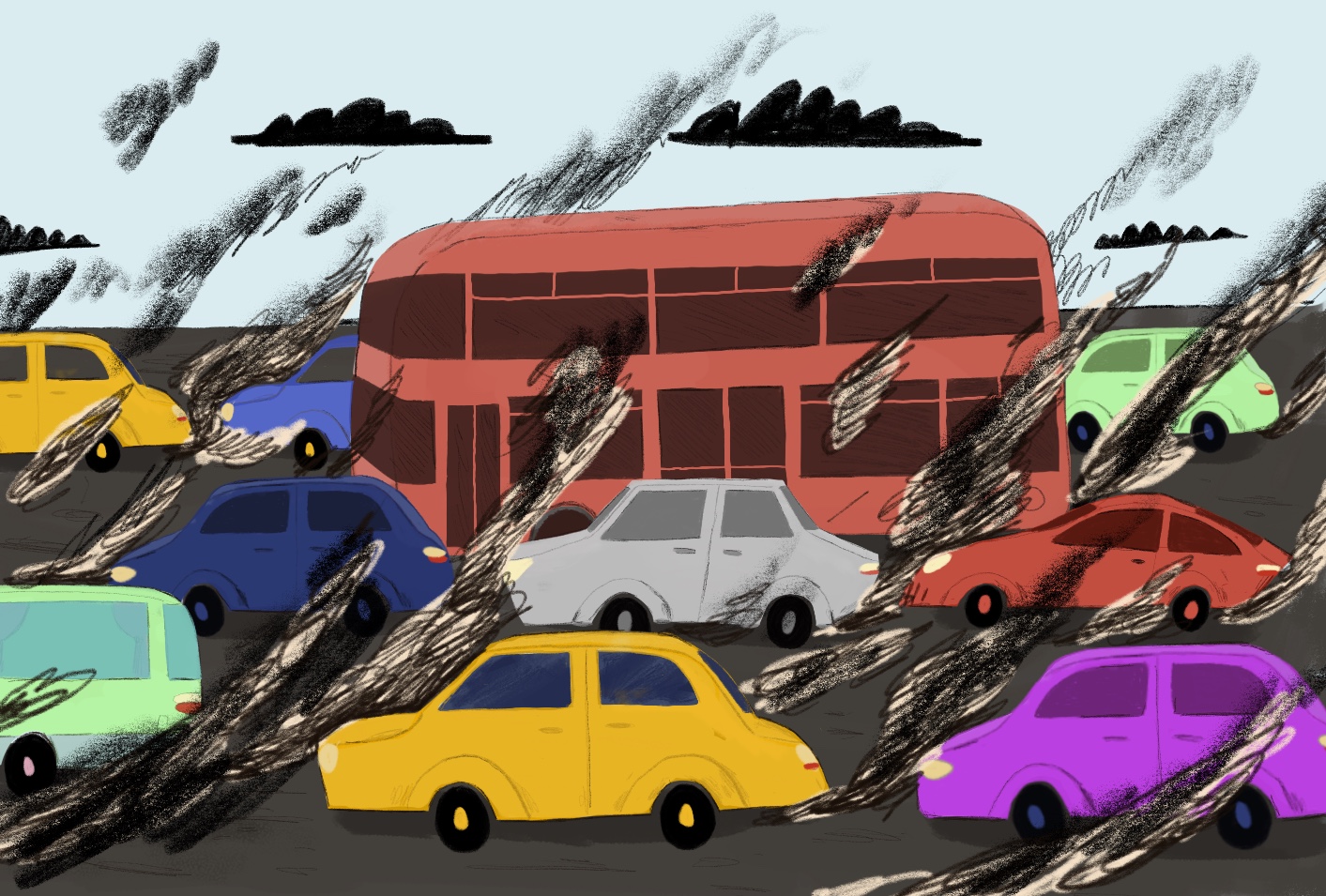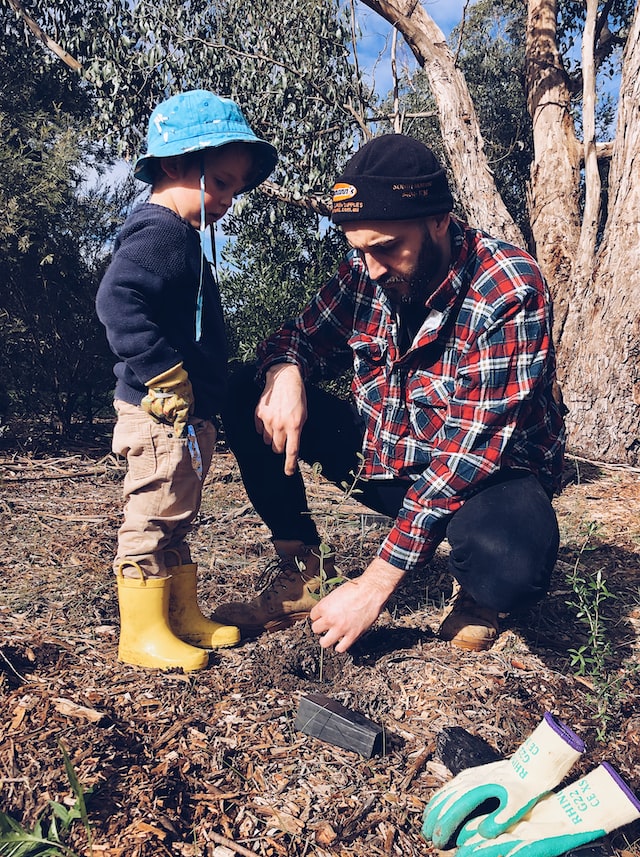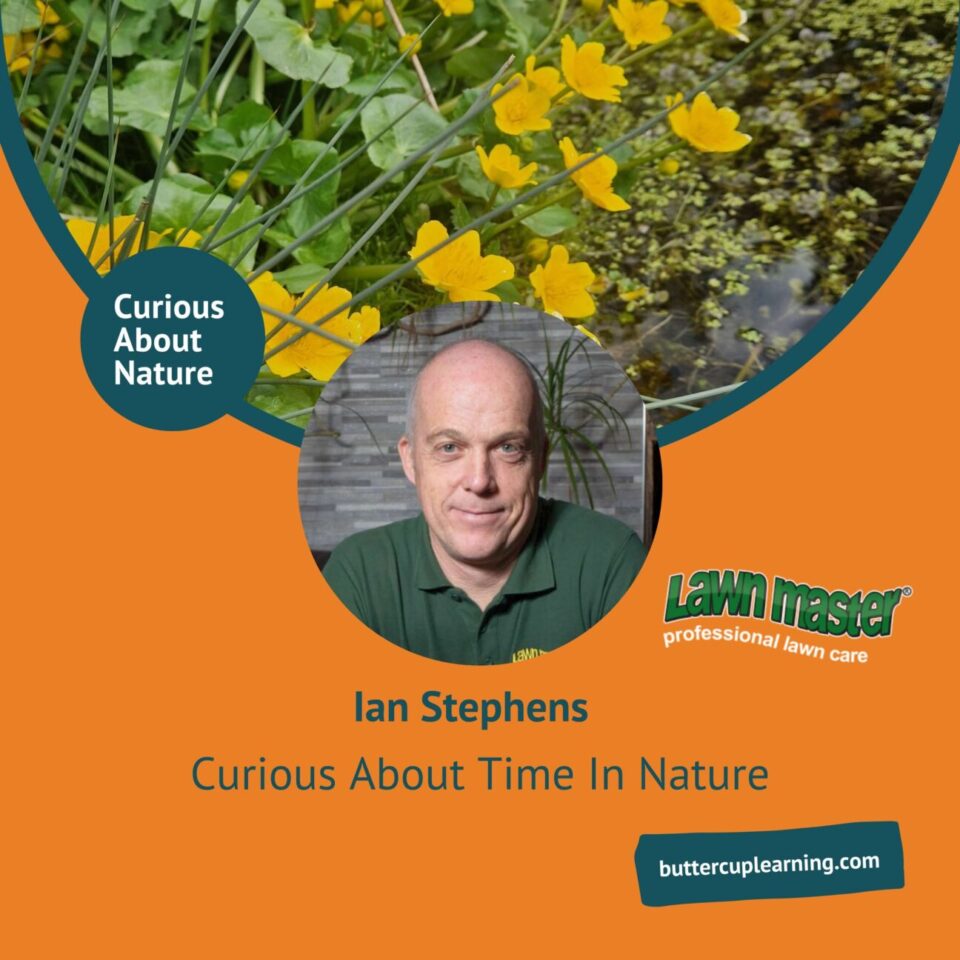It’s essential we equip children with the knowledge, skills and resilience to understand and address climate change. Here’s how.

Climate change is one of the biggest challenges facing humanity. This next generation will be considerably affected by the crisis, so it’s essential we equip them with the knowledge, skills and resilience to understand and address climate change.
Educators have a responsibility to ensure climate and sustainability issues are included in school curriculums. But as parents and carers, we too must provide kids with an understanding of the causes and effects of climate change and ways we can tackle it together.
This said, climate anxiety in children is increasing. According to the Royal College of Psychiatrists, 57% of child psychiatrists reported having worked with children distressed about the environmental crisis. So it’s vital that we approach the topic carefully – promoting positive thinking and offering actionable steps they can take to help.
With all this in mind, here’s a quick guide on how to teach children about climate change – with our suggestions on how to break it down into simple vocabulary!
Explain the basic science

What is climate change?
Explaining the simple science behind climate change doesn’t mean you need to shy away from using terminology like fossil fuels and global warming. But it’s best to start with what they already know.
“The weather is what conditions are like in one place, at one time. For example, today in Bristol the weather is rainy and cold!
The climate is what conditions are like in a big area over a long time.
But sometimes climates change – areas get drier, stormier, hotter or colder. This is called climate change.
At the moment, the earth’s climate is changing very fast because of the way humans have behaved over the last 100 years.
For example, humans are burning fossil fuels to make electricity and power factories, planes and cars.
The greenhouse gases which go into the air when fossil fuels are burned rise up into the sky and act like an invisible blanket – trapping heat from the sun and warming the planet. This is called global warming.
The planet warming up means we are having more extreme and unpredictable weather – more floods, droughts, storms and forest fires in many places around the world.
Lots of plants and animals are dying and many people’s homes and livelihoods are being destroyed because of climate change.
So humans need to stop doing activities that cause climate change.
Instead of burning fossil fuels to make electricity we need to use technology like windmills!
Instead of buying things made in factories far away, we need to buy things made with natural materials nearby!
Instead of travelling by aeroplane, we need to travel more by train and bus!”
Use pictures, maps and videos
Imagery will help children to visualise the issue and make it more tangible. Show your child photographs and diagrams like this:

This animation by Save the Children offers a great visual explanation of climate change.
Relate it to their daily lives
Find ways to relate the climate crisis to their daily lives!
“When we drive the car it releases greenhouse gases which rises up into earth’s atmosphere. This contributes to global warming.”

“In England we are having more flooding now than when I was your age, because of climate change.”
Read climate-related stories
Books can be a great way to teach kids about climate change in a fun and lighthearted way. Here’s some of our favourites:
1. No One Is Too Small to Make a Difference: Illustrated Edition by Greta Thunberg. For everyone!
2. Our Planet: The One Place We All Call Home by David Attenborough. Suitable for 6+
3. Charlie and Lola: Look After Your Planet by Lauren Child (Puffin). Ideal for 3+
4. 10 Things I Can Do To Help My World by Melanie Walsh. Ideal for 2+
Focus on solutions
To avoid causing your child stress, explain that many people are finding ways to solve the problem – like using windmills to produce electricity. Focus on what actions you and your child can take to help.
“Climate change is a big problem, but lots of people are working together to solve it. We can do lots of things to help prevent climate change – we can buy local fruit and vegetables, we can use electricity produced by windmills and solar panels and we can travel by bike, bus or train instead of by car or aeroplane.”

Encourage children to take action themselves – like organising a cake sale to raise money for local environmental charities or international organisations like Greenpeace. Or take them along to local tree-planting initiatives, such as those run by The National Forest.

Make it fun!
Combine learning with creative activities like drawing forests, animals, windmills and cyclists. Alternatively, go on walks to see local wind farms, nature reserves and allotments to show them sustainability efforts happening in their own community.
We hope this article has helped you feel confident to have honest and hopeful conversations about climate change with your child and provide them with the visual resources to broaden their understanding.
Don’t hesitate to contact us with further suggestions and feedback – we’d love to hear from you!
The Buttercup Team



